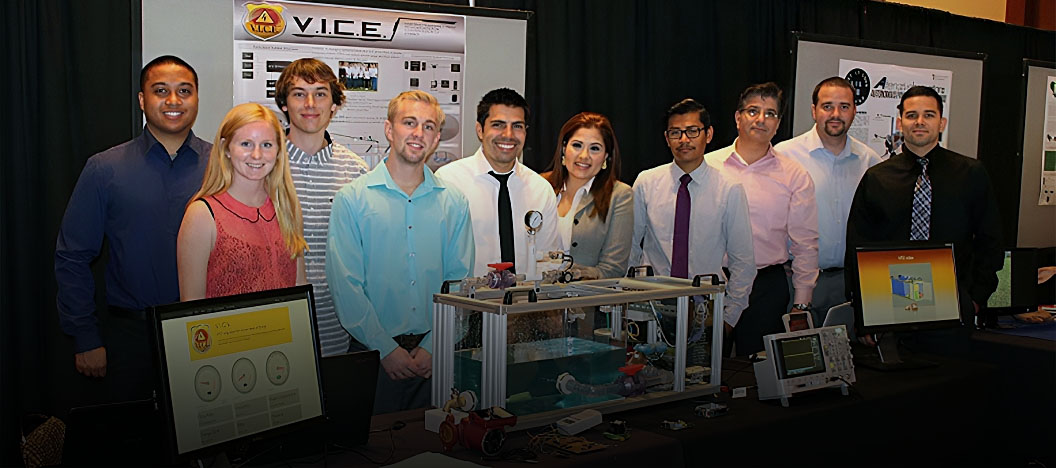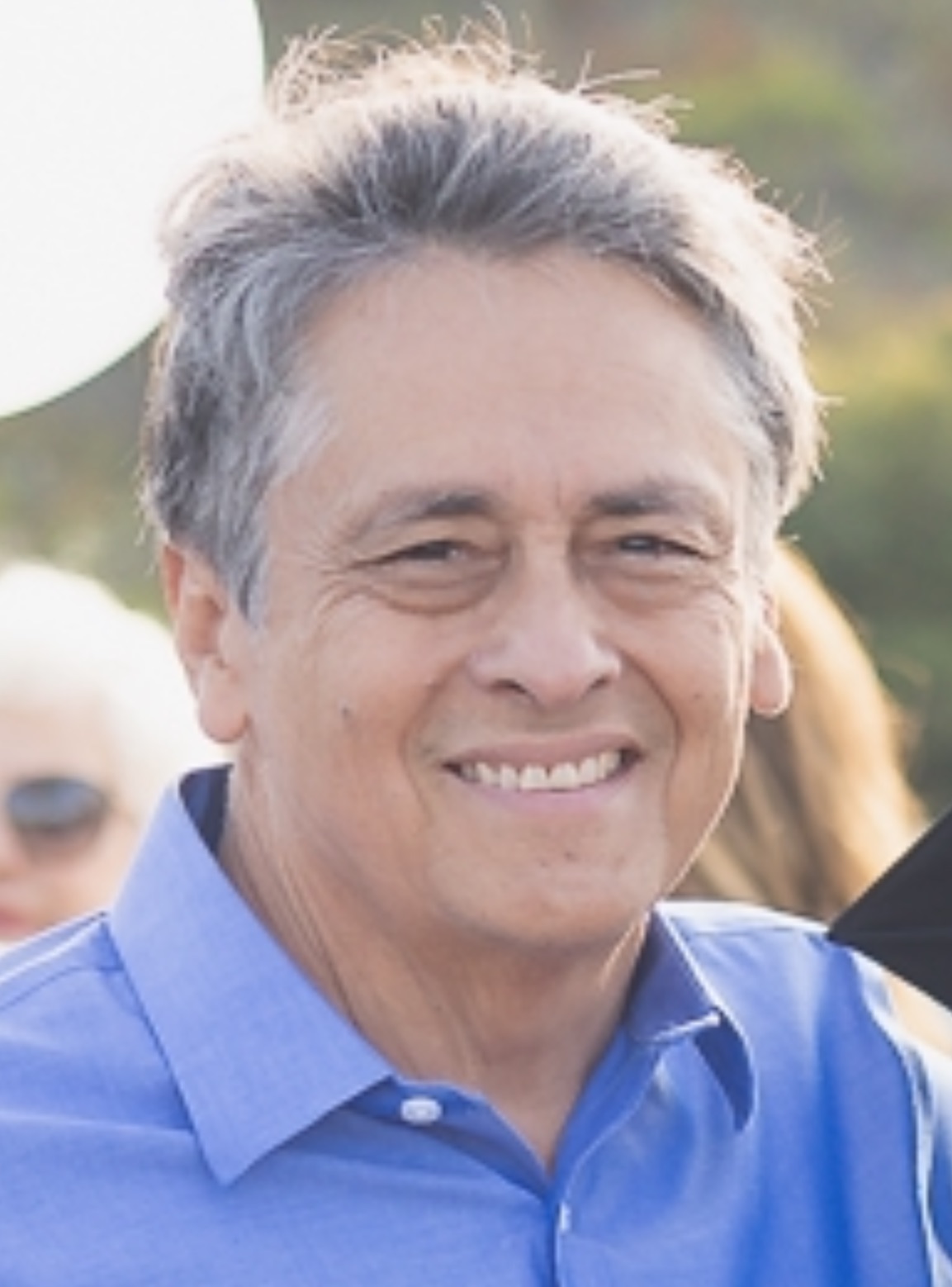
Department of Electrical & Computer Engineering Directory

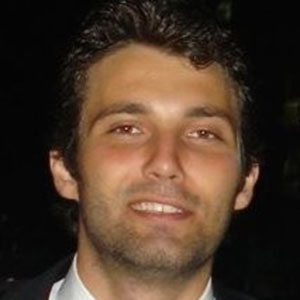
Dr. Baris Aksanli
Associate ProfessorAcademic AffairsCollege of EngineeringDepartment of Electrical and Computer EngineeringSDSU[email protected](619) 594-2257E 101A
Dr. Amir Alimohammad
ProfessorAcademic AffairsCollege of EngineeringDepartment of Electrical and Computer EngineeringSDSU[email protected](619) 594-2493E 412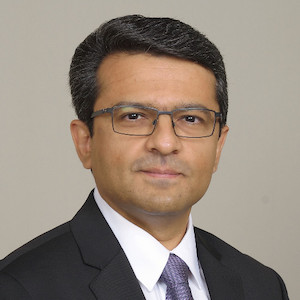
Dr. Ashkan Ashrafi
Associate ProfessorAcademic AffairsCollege of EngineeringDepartment of Electrical and Computer EngineeringSDSU[email protected](619) 594-3703E 410A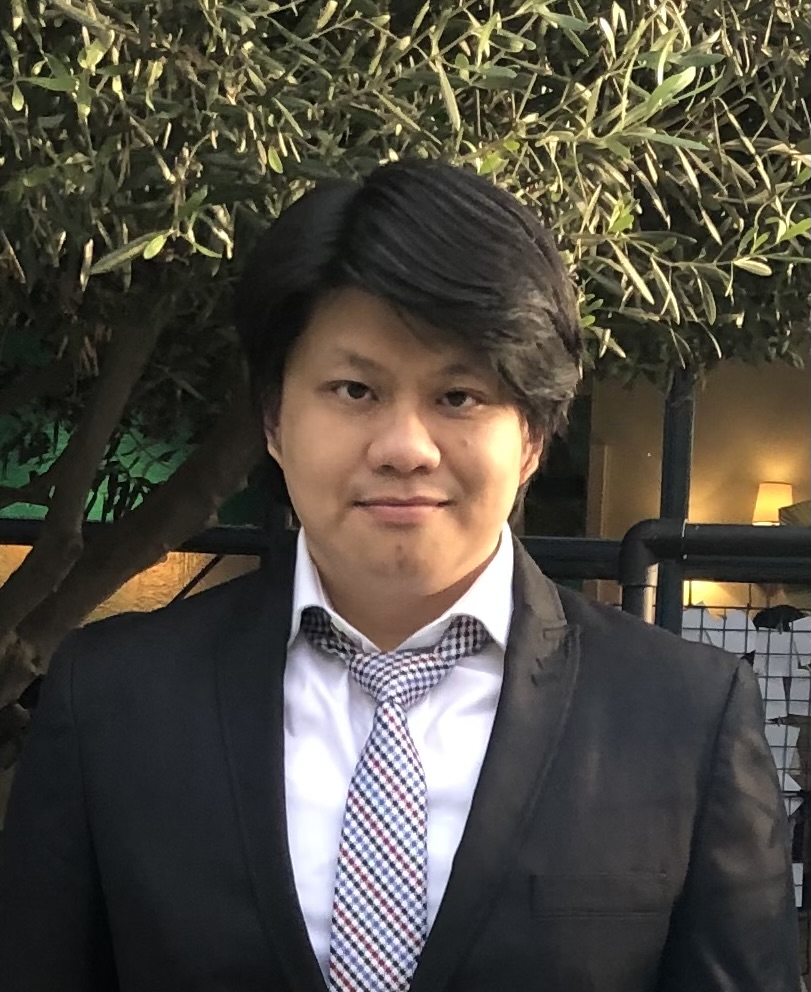
Dr. Quang Bach
LecturerAcademic AffairsCollege of EngineeringDepartment of Electrical and Computer EngineeringSDSU[email protected]E 101C
Dr. Murat Balci
LecturerAcademic AffairsCollege of EngineeringDepartment of Electrical and Computer EngineeringSDSU[email protected]E 403H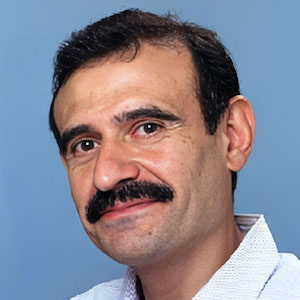
Dr. Ramon Betancourt
LecturerAcademic AffairsCollege of EngineeringDepartment of Electrical and Computer EngineeringSDSU[email protected]E 101H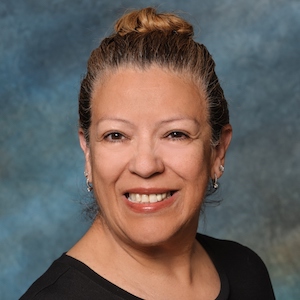
Angelica Bouras
Department CoordinatorAcademic AffairsCollege of EngineeringDepartment of Electrical and Computer EngineeringSDSU[email protected]E-426B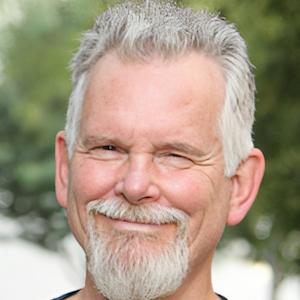
Mark Bruno
Equipment/Systems SpecialistAcademic AffairsCollege of EngineeringDepartment of Electrical and Computer EngineeringSDSU[email protected]E-217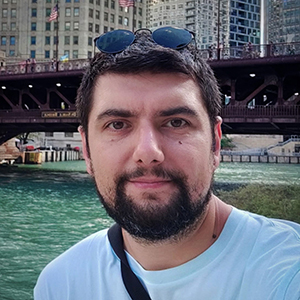
Dr. Umut Can Cabuk
LecturerAcademic AffairsCollege of EngineeringDepartment of Electrical and Computer EngineeringSDSU[email protected]E 101C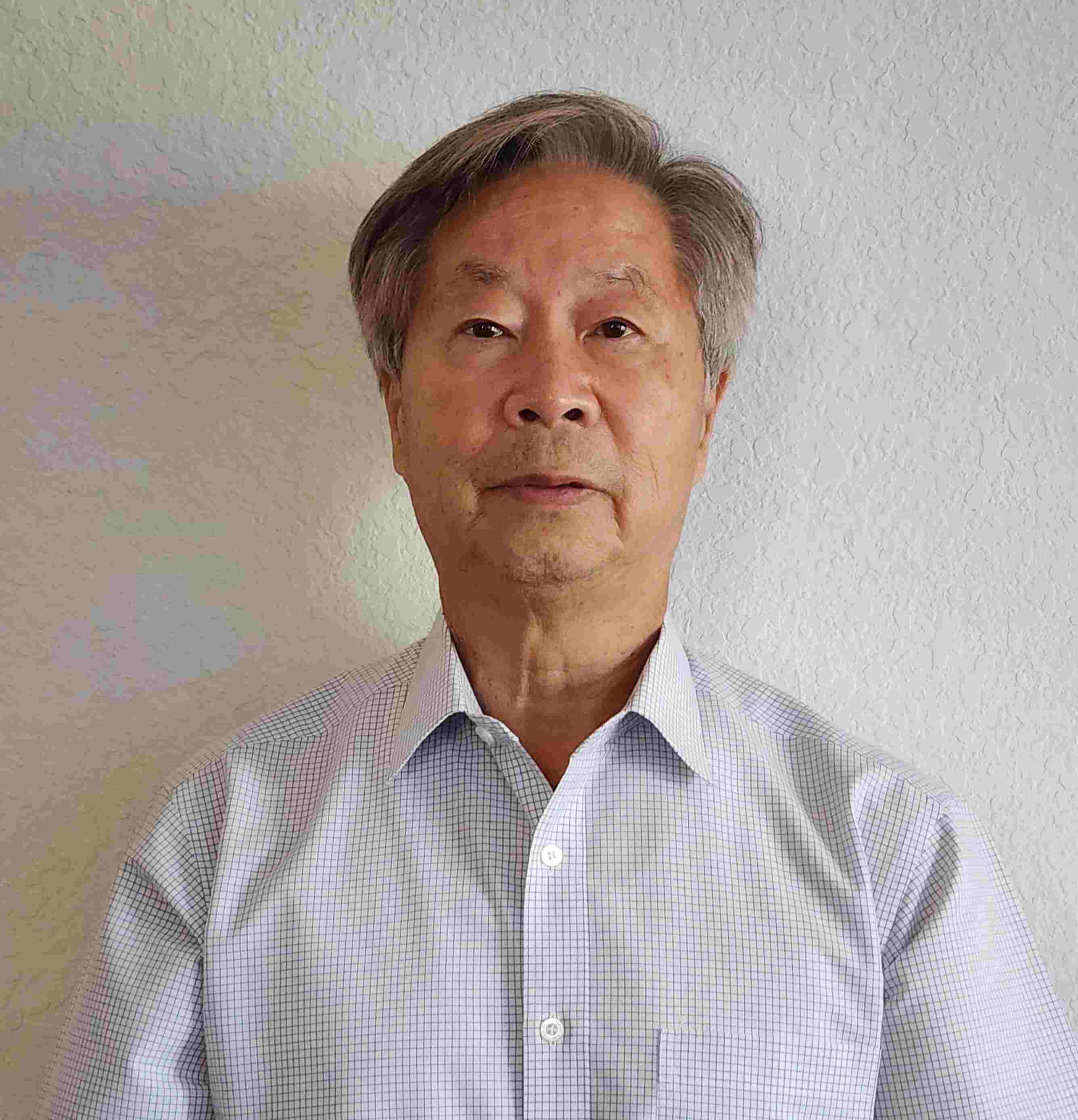
Dr. Sanguoon Chung
LecturerAcademic AffairsCollege of EngineeringDepartment of Electrical and Computer EngineeringSDSU[email protected]E 101C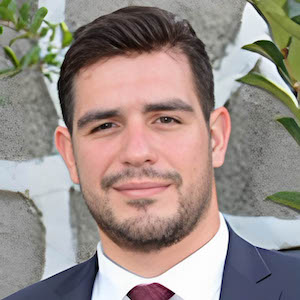
Ugur Dogan
LecturerAcademic AffairsCollege of EngineeringDepartment of Electrical and Computer EngineeringSDSU[email protected]E 403J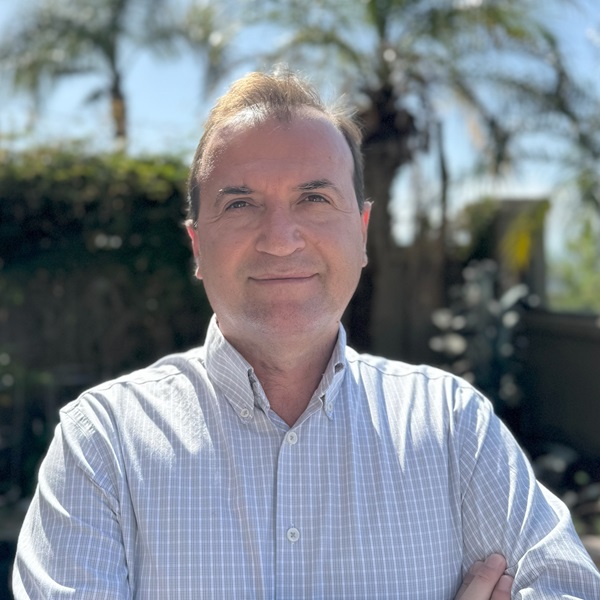
Dr. A. Ege Engin
Professor and ChairAcademic AffairsCollege of EngineeringDepartment of Electrical and Computer EngineeringSDSU[email protected](619) 594-2726E 410H
Claudia Gavaldon
ECE Advisor at the Center for Student Success in EngineeringAcademic AffairsCollege of EngineeringDepartment of Electrical and Computer EngineeringSDSU[email protected]E-216-B3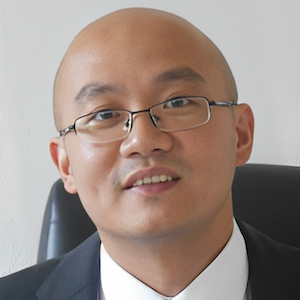
Dr. Ke Huang
Associate ProfessorAcademic AffairsCollege of EngineeringDepartment of Electrical and Computer EngineeringSDSU[email protected](619) 594-7792E 202B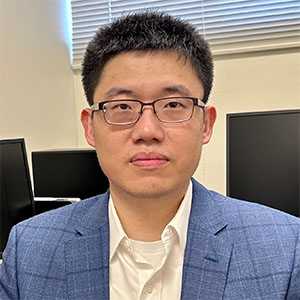
Dr. Tong Huang
Assistant ProfessorAcademic AffairsCollege of EngineeringDepartment of Electrical and Computer EngineeringSDSU[email protected](619) 594-3038E 403E
Dr. Parisa Kaveh
LecturerAcademic AffairsCollege of EngineeringDepartment of Electrical and Computer EngineeringSDSU[email protected]E 403L
Mirei Kubota
Administrative Support CoordinatorAcademic AffairsCollege of EngineeringDepartment of Electrical and Computer EngineeringSDSU[email protected]619-594-0967E 426D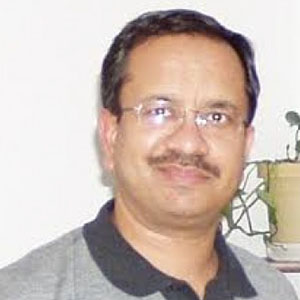
Dr. Sunil Kumar
Professor and Thomas G. Pine Faculty FellowAcademic AffairsCollege of EngineeringDepartment of Electrical and Computer EngineeringSDSU[email protected](619) 594-7012EIS 308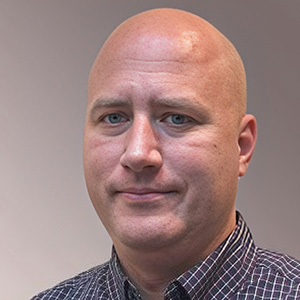
Dr. Zdravko Lukic
LecturerAcademic AffairsCollege of EngineeringDepartment of Electrical and Computer EngineeringSDSU[email protected]E 403H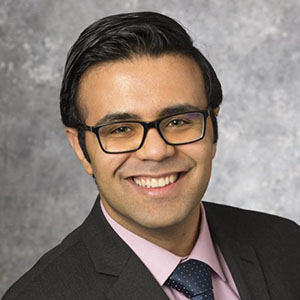
Dr. Saeed Manshadi
Associate ProfessorAcademic AffairsCollege of EngineeringDepartment of Electrical and Computer EngineeringSDSU[email protected](619) 594-3139E 202D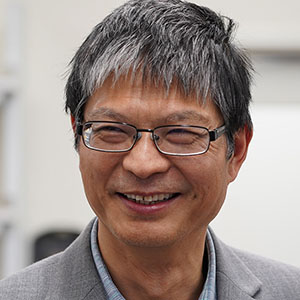
Dr. Chris Mi
University Distinguished ProfessorAcademic AffairsCollege of EngineeringDepartment of Electrical and Computer EngineeringSDSU[email protected](619) 594-3741E 403C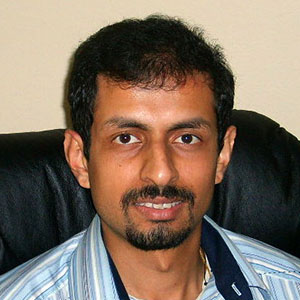
Dr. Santosh Nagaraj
ProfessorAcademic AffairsCollege of EngineeringDepartment of Electrical and Computer EngineeringSDSU[email protected](619) 594-7154E 403D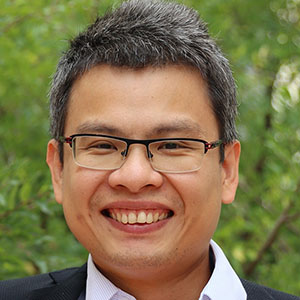
Dr. Duy Nguyen
ProfessorAcademic AffairsCollege of EngineeringDepartment of Electrical and Computer EngineeringSDSU[email protected](619) 594-2430E 408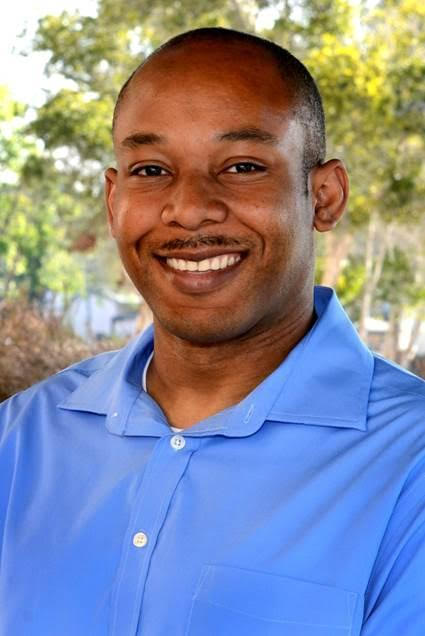
Denis Nunez
LecturerAcademic AffairsCollege of EngineeringDepartment of Electrical and Computer EngineeringSDSU[email protected]E 101 C
Dr. Yusuf Ozturk
ProfessorAcademic AffairsCollege of EngineeringDepartment of Electrical and Computer EngineeringSDSU[email protected](619) 594-4550EIS 316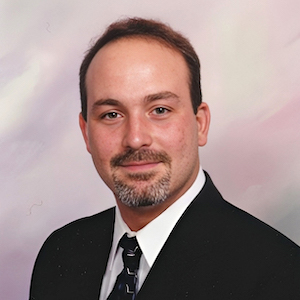
Dr. Christopher Paolini
Associate ProfessorAcademic AffairsCollege of EngineeringDepartment of Electrical and Computer EngineeringSDSU[email protected](619)594-7159E 411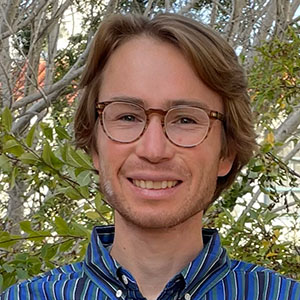
Noah Peters
ECE Advisor at the Center for Student Success in EngineeringAcademic AffairsCollege of EngineeringDepartment of Electrical and Computer EngineeringSDSU[email protected]E 200C
Dr. Dave Phillips
LecturerAcademic AffairsCollege of EngineeringDepartment of Electrical and Computer EngineeringSDSU[email protected]E 403J
Dr. Flavio Ponzina
Assistant ProfessorAcademic AffairsCollege of EngineeringDepartment of Electrical and Computer EngineeringSDSU[email protected]E 410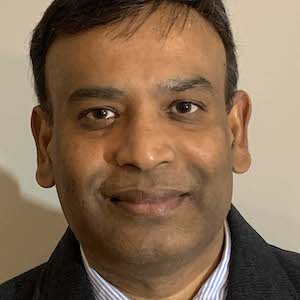
Dr. Tharm Ratnarajah
fred harris Endowed Chair ProfessorAcademic AffairsCollege of EngineeringDepartment of Electrical and Computer EngineeringSDSU[email protected]EIS 318
Dr. Reza Sabzehgar
Associate ProfessorAcademic AffairsCollege of EngineeringDepartment of Electrical and Computer EngineeringSDSU[email protected](619) 594-7791E 101B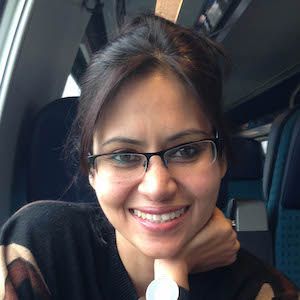
Dr. Mahasweta Sarkar
ProfessorAcademic AffairsCollege of EngineeringDepartment of Electrical and Computer EngineeringSDSU[email protected](619) 594-7797E 202C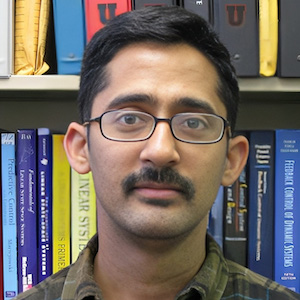
Dr. Sridhar Seshagiri
ProfessorAcademic AffairsCollege of EngineeringDepartment of Electrical and Computer EngineeringSDSU[email protected](619) 594-1960E 403G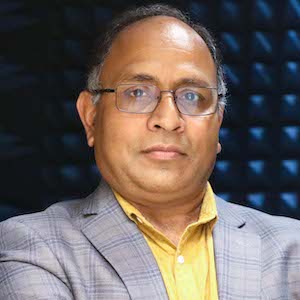
Dr. Satish Sharma
ProfessorAcademic AffairsCollege of EngineeringDepartment of Electrical and Computer EngineeringSDSU[email protected](619) 594-0241EIS 306
Dr. Alice Sokolova
LecturerAcademic AffairsCollege of EngineeringDepartment of Electrical and Computer EngineeringSDSU[email protected]E 403J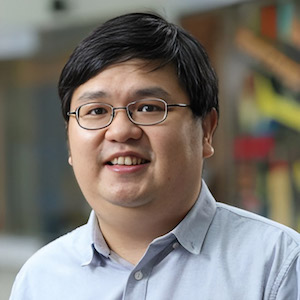
Dr. Ying-Khai Teh
Assistant ProfessorAcademic AffairsCollege of EngineeringDepartment of Electrical and Computer EngineeringSDSU[email protected](619) 594-2436E 202E
Dr. Hakan Töreyin
Associate ProfessorAcademic AffairsCollege of EngineeringDepartment of Electrical and Computer EngineeringSDSU[email protected](619) 594-0795E 409
Dr. Michael Tutberidze
LecturerAcademic AffairsCollege of EngineeringDepartment of Electrical and Computer EngineeringSDSU[email protected]E 403J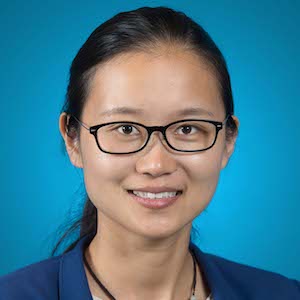
Dr. Junfei Xie
ProfessorAcademic AffairsCollege of EngineeringDepartment of Electrical and Computer EngineeringSDSU[email protected](619) 594-2068E 403B

